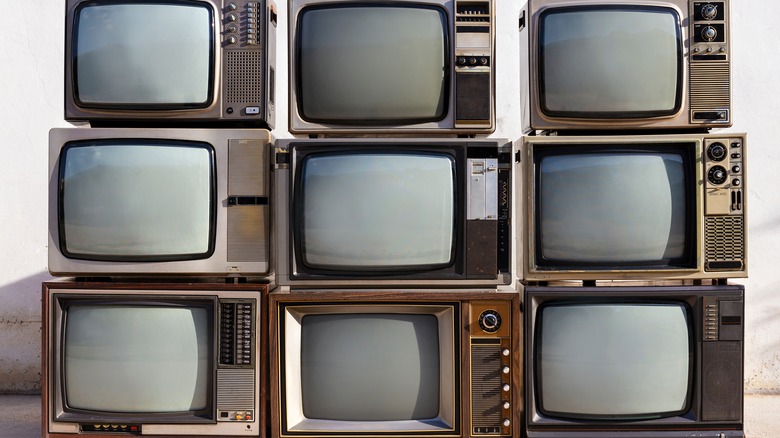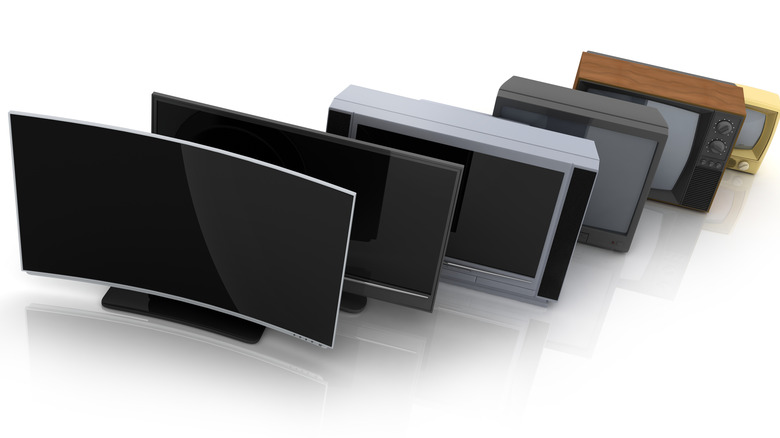NextGen TV: What Is Over-The-Air TV?
Innovation in the TV marketplace can be a hit-or-miss affair. For every nationwide synergy of streaming convenience with local news, there's a product that managed a meager flash in the pan, then faded into absolute obscurity. With almost a hundred years of history behind it, the television industry can struggle to come up with a truly new idea that gains mainstream appeal.
One of the most recent trends in TV innovation is less a new paradigm than a modern revival of a very old one. Over-the-air (OTA) television isn't a new offer, but the opportunities it provides aren't necessarily widely known. Savvy customers can synergize their OTA TV options with cable packages and streaming subscriptions for maximum content availability. Advocates for wider use of OTA TV claim it can deliver top-quality digital visuals, along with the depth and context of local reporting, sports, and other region-specific content.
Everything old is new again
Over-the-air television is exactly what it sounds like: local hubs broadcasting content over the air to customers in the area. If that sounds familiar, it's because that's how consumer television worked for its first few decades. Both local stations and nationwide networks transmitted from tall towers covering a limited distance. Nearby consumers could snag the latest episodes of "Lucy" or "Twilight Zone" with metal antennas connected to their big cathode-ray boxes. That was over-the-air (OTA) TV in its initial form.
OTA TV underwent a slow decline over the last few decades of the 20th century as the TV industry became dominated by nationwide providers offering wider selections of channels; first via cable, then through digital TV. The OTA TV paradigm seemingly met its demise in the U.S. in 2009, when the FCC mandated TV manufacturers go digital. At that point, it seemed digital TV — either from a cable package, a streaming service, or some combination thereof — was the only game in town.
In the air tonight
In fact, that's not the case. OTA TV is absolutely still an option on digital TV sets. As the Free TV Project reports, many TV markets have continued broadcasting their local channels over the air, and digital televisions can receive those broadcasts just as easily as their analog forebears. An interested customer just needs a compatible antenna, which CableTV.com prices between $20 and $70. The FCC even provides free broadcast maps, showing OTA TV availability across the country.
Compared to cable and streaming, OTA TV offers far fewer channels to choose from — usually just the major networks and a local station or two. At the same time, it's free (not counting the cost of the antenna) and it's often a good way to pick up local broadcasts that nationwide providers don't show. For most modern consumers, over-the-air TV isn't likely to replace their daily media sources, but it's a free, easily accessible resource for local and network content.


